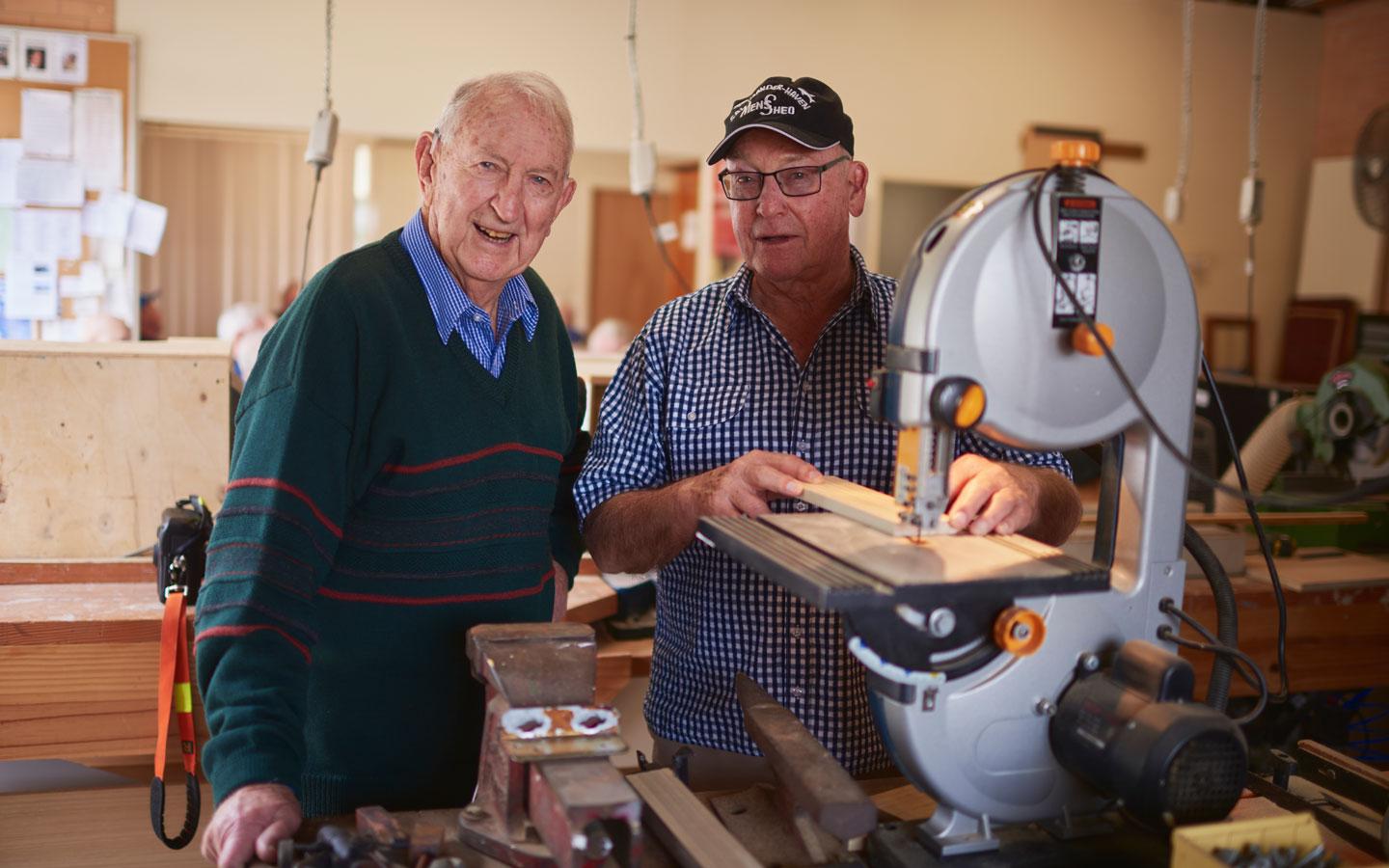How cochlear implants work
We design cochlear implants to replace the function of the inner ear that isn't working. Learn how implant systems process sound.

What you'll find on this page
- How cochlear implants produce clearer sound.
- The two parts of a cochlear implant system.
How cochlear implants produce clearer sound
Cochlear implants replace the function of damaged sensory hair cells inside the inner ear.
Unlike hearing aids, which mostly make sounds louder, cochlear implants may further improve the clarity of sound and enhance your ability to understand conversations.1,2,3
A cochlear implant system has two parts:
-
the external sound processor
-
surgeons put the implant under the skin and attach it to an electrode array that’s placed in the inner ear.
Together, the sound processor and implant bypass the part of the ear that isn’t working, sending sound straight to the hearing nerve.
Back in touch with the sounds of life
Sport has been a major part of Bernie’s life since he was 7 years old − as a player, someone who enjoys watching myriad sports and as a long-time sports journalist. Bernie believes that this love of sports is the reason he lost his hearing, having been hit in the head by a cricket ball as a teenager and experiencing a steady decline that led to getting hearing aids in his 20s and eventually Cochlear implants in both ears.
Watch his story.
“What’s great about the Nucleus 8 [Sound Processor] are the features that come with it − the audio streaming from the phone to allow you to make phone calls, talk to people, and obviously listening to music...”
- Bernie, Cochlear™ Nucleus® Implant recipient
Find a hearing specialist near you
Disclaimer
Please seek advice from your health professional about treatments for hearing loss. Outcomes may vary, and your health professional will advise you about the factors which could affect your outcome. Always follow the directions for use. Not all products are available in all countries. Please contact your local Cochlear representative for product information.
For a full list of Cochlear’s trademarks, please visit our Terms of Use page.
In Australia, Cochlear™ Nucleus® implant systems are intended for the treatment of moderately severe to profound hearing loss.
In Australia, Baha® bone conduction implant systems are intended for the treatment of moderate to profound hearing loss.
In Australia, the Cochlear™ Osia® System is indicated for patients with conductive, mixed hearing loss and single-sided sensorineural deafness (SSD) aged 5 years and above with up to 55 decibels sensorineural hearing loss. Patients should have sufficient bone quality and quantity to support successful implant placement. Surgery is required to use this product. Any surgical procedure carries risk.
For Cochlear™ Nucleus®, Osia® and Baha® systems: This product is not available for purchase by the general public. For information on funding and reimbursement please contact your health care professional.
Any testimonial featured on this website is intended for an Australian audience only.
* The Cochlear Hearing Quiz is not a diagnostic evaluation and is not intended to replace medical advice. For a complete test or evaluation of your hearing, please consult a hearing healthcare professional. They will be best placed to diagnose and/or treat a hearing loss condition.
References
- Fitzpatrick EM, Leblanc S. Exploring the factors influencing discontinued hearing aid use in patients with unilateral cochlear implants. Trends in Amplification. 2010, 14; (4): 199–210.
- Rumeau C, Frere J, Montaut-Verient B, Lion A, Gauchard G, Parietti-Winkler C. Quality of life and audiologic performance through the ability to phone of cochlear implant users. Eur Arch Otorhinolaryngol. 2015, 272: 3685–3692.
- Runge CL, Henion K, Tarima S, Beiter A, Zwolan TA. Clinical outcomes of the Cochlear™ Nucleus®5 cochlear implant system and SmartSound™2 signal processing. J Am Acad Audiol. 2016, 27; (6): 425–440.







